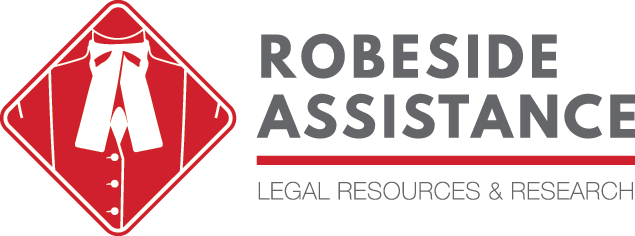By Jennifer Walker
Of all the books in this library, the Criminal Codes are the most frequently consulted. The books look it, too – battered, a bit dirty, well-used. This is one of the reasons that the new arrival of Martin’s Annual Criminal Code brings so much delight each August – new, pristine Codes! An interesting note: according to many people I’ve spoken with, the dedication to the Martin’s Code is (at the very least) an Ottawa phenomenon. In Toronto, it’s Tremeear’s all the way. It would seem that Ottawa lawyers would rather use an old edition of Martin’s than a new edition of Tremeear’s – at least in this library! Our loyal Martin’s fans will be happy to hear that just today, we received our five new copies of the 2011 Criminal Code. This year, the Code comes with a pin number for mobile access (the same is in the Ontario Annual Practice as well). I haven’t checked it out on my phone yet, but if anyone does and wants to tell us all about it, we’d love to hear a review!
Check out the list and links below – we’ve also received some other popular annuals this month, such as the newest Annotated Ontario Highway Traffic Act, and Gold’s Defending Drinking and Driving Cases 2010, as well as some new updates to old favourites, such as the brand new edition of Waddam’s The Law of Contracts.
Continuing Legal Education
- The Six-Minute Employment Lawyer 2010 (LSUC)
- 6th Annual Business Breakfast: New Developments in Corporate Law (Middlesex Law Association)
Texts
- The Law of Contracts, 6th ed. (Canada Law Book)
- A Guide to the Youth Criminal Justice Act 2011 (LexisNexis)
- The Practical Guide to Canadian Legal Research, 3rd ed. (Carswell)
- Defending Drinking and Driving Cases 2010 (Carswell)
- Consolidated Ontario Estates Statutes and Regulations 2011 (Carswell)
- Ontario Small Claims Court Practice 2011 (Carswell)
- Principles of Canadian Income Tax Law, 7th ed. (Carswell)
- Annual Review of Criminal Law 2009 (Carswell)
- The 2010 Annotated Ontario Highway Traffic Act (Carswell)
- Martin’s Annual Criminal Code, 2011 ed. (Canada Law Book)
- Stikeman’s Income Tax Act Annotated 2010, 48th ed. (Carswell)
- Ontario Consent and Capacity Legislation 2010-2011 (Canada Law Book)
